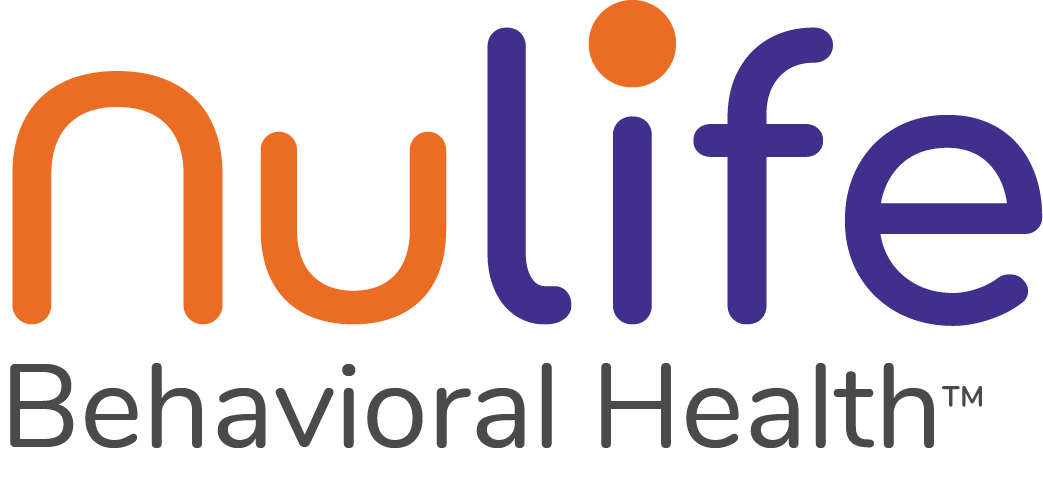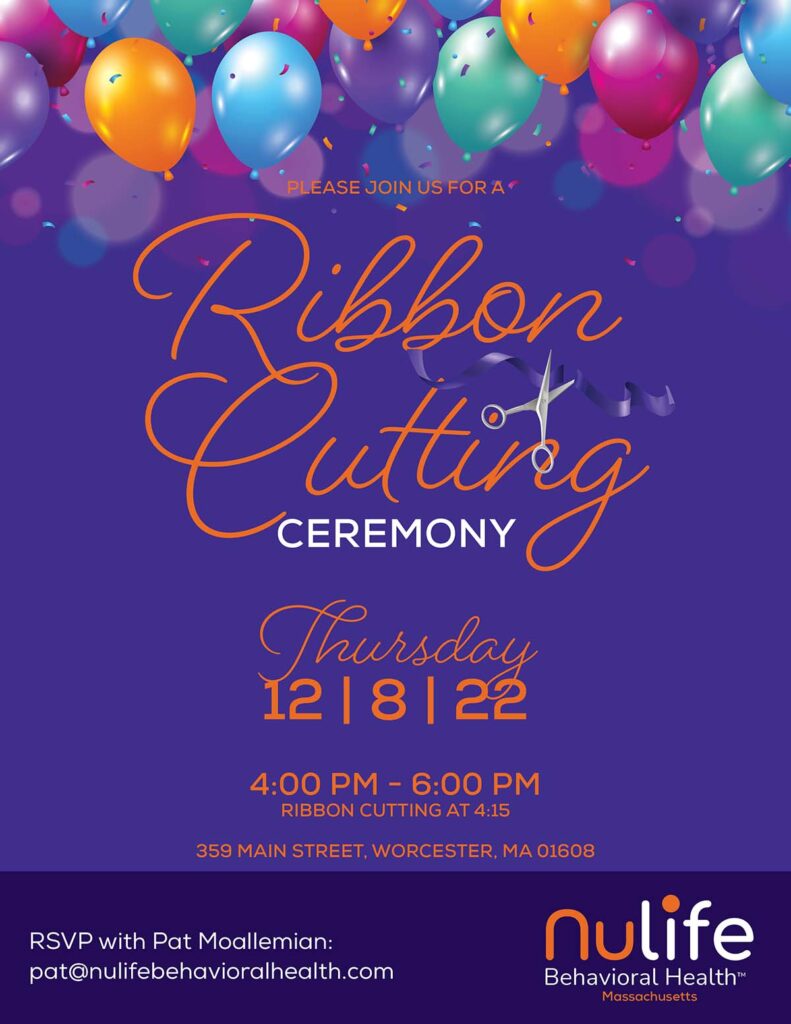If you or a loved one is struggling with heroin addiction, you’re not alone. About 1 million people in the U.S. have a heroin use disorder. Heroin works by causing brain tissues to produce far more dopamine than usual. Dopamine is a vital neurochemical that affects how we learn, feel pleasure, and control pain. To gain a more comprehensive understanding of heroin addiction treatment, let’s first discuss heroin signs, symptoms, and identification.
What is heroin?
How is heroin taken?
Is heroin always a street drug?
How is heroin addiction different from other opioids?
Heroin addiction stands apart from addiction to other opioids. One of the most notable differences is the intensity of the high that heroin produces. While all opioids interact with the brain’s pleasure centers, heroin creates a more potent euphoria. This intense high makes heroin more psychologically addictive, increasing the urgency for users to seek out the drug. Heroin is also more accessible and cheaper than prescription opioids.
Another key distinction lies in the speed at which heroin addiction can develop and the associated risks. Heroin addiction often progresses more rapidly than addiction to other opioids, partly due to its potency and the methods of administration, such as injection, which deliver the drug more directly into the bloodstream. This makes the need to start heroin addiction treatment quickly important.
A higher risk of overdose and severe health complications often accompanies this rapid onset of addiction. The illegal status of heroin also means that it is often adulterated with other substances, increasing the risks of heroin overdose and other health issues.
What are the signs of heroin addiction?
- Physical signs of heroin addiction include persistent drowsiness, constricted pupils, and slowed breathing. These symptoms often show up because heroin slows the central nervous system. This slowdown can lead to a noticeable change in physical appearance and behavior, such as a lack of motivation, decreased energy levels, and a disregard for personal hygiene.
- Behavioral signs may include withdrawal from social activities, neglect of responsibilities, and secretive behavior. People addicted to heroin often isolate themselves from friends and family to hide their drug use. Heroin addiction also leads to a breakdown in personal and professional relationships and neglect of responsibilities like work, school, or childcare.
- Long-term use of heroin leads to poor health conditions, including heart and liver diseases. Over time, the body’s organs become damaged due to the drug’s toxic effects and unsanitary administration methods. Sharing needles with other addicts can easily spread HIV and hepatitis, among other diseases. These health conditions can be life-threatening and require immediate medical attention.
What's the difference between heroin dependence, tolerance, and addiction?
- Dependence refers to the body’s physical need for the drug to function normally.
- Tolerance happens when a person’s body requires escalating amounts of the drug attempting to achieve the same effects.
- Addiction is a mental health disorder characterized by drug dependence coupled with the inability to stop using the drug despite negative consequences. If a person tries to reduce or stop their heroin usage on their own, withdrawal symptoms begin quickly. For heroin, like all opioids, withdrawal is painful.
What do heroin withdrawal symptoms look like?
- Nausea, diarrhea, and vomiting often kick off the withdrawal process, starting within 6 to 12 hours after the last dose of heroin. People often become dehydrated during this phase of withdrawal, emphasizing the importance of medical supervision during withdrawal.
- Sweating and heightened anxiety are other common symptoms of heroin withdrawal. People may experience increased stress levels, irritability, and restlessness, making the emotional toll of withdrawal significant. This emotional discomfort often makes people consider using again to alleviate these symptoms.
- Intense cravings for heroin are a hallmark of the withdrawal process. These cravings can be overpowering and are a big reason quitting without professional help is so challenging. Psychological cravings can outlast the physical symptoms, sometimes lasting for weeks or months, underscoring the need for ongoing heroin addiction treatment and support.
What medications are used in heroin addiction treatment?
Medication Assisted Treatment (MAT) helps to control and lessen urges to use opioids. MAT also helps reduce withdrawal symptoms.
- Methadone is often used to reduce cravings and withdrawal symptoms.
- Suboxone is an FDA-approved combination of buprenorphine and naloxone. Suboxone reduces the intensity of a person’s withdrawal symptoms. It can also be used over the long term to reduce a person’s cravings for opioids.
- Buprenorphine can be used in Suboxone or by itself in outpatient treatment.
- Naltrexone blocks the effects of opioids. It’s used in relapse prevention.
What is dual diagnosis, and how does it affect heroin addiction treatment?
Dual diagnosis refers to the presence of a substance use disorder, such as heroin addiction, along with another mental health condition like depression. This complicates the heroin addiction treatment process because both conditions must be addressed for adequate recovery. In heroin addiction, a dual diagnosis often means that the mental health condition might contribute to substance abuse and vice versa.
Integrated treatment is essential for effective recovery. NuLife Behavioral Health offers dual diagnosis treatment, incorporating both addiction therapy and mental health treatment.

Key Takeaway
Dual diagnosis means having a substance use disorder and another mental health condition.How can I keep from relapsing?
- Utilize Support Networks. One of the best ways to prevent relapse is to lean on your support network. This could be family, friends, or members of a recovery group like a 12-step program.
- Seek Ongoing Therapy and Counseling. Continuing with individual therapy provides you with better coping skills, as well as the emotional and psychological tools you need to maintain sobriety. These sessions can help you explore the issues that may contribute to your addiction in the first place. Addressing these root causes can give you a stronger foundation for long-term recovery.
- Develop Healthy Coping Mechanisms. Stress, anxiety, and other emotional challenges often trigger relapse. Learning healthy ways to cope with these feelings can be crucial to maintaining your sobriety. Techniques such as mindfulness, exercise, or engaging in a fulfilling hobby can redirect your focus and reduce the likelihood of relapse.
- Stay Engaged in Recovery Programs. Even after completing an intensive treatment program, staying engaged in less intensive recovery programs can offer additional support. Whether it’s an outpatient program, group therapy, or regular check-ins with a medical professional, ongoing engagement can provide the accountability and structure needed to prevent relapse.
- Create a Relapse Prevention Plan. A concrete plan can help you know exactly what steps to take if you find yourself on the verge of relapse. This plan can include emergency contact numbers, coping strategies, and reminders of why you chose sobriety. Reviewing and updating this plan regularly can keep it fresh in your mind, making it a valuable tool in moments of weakness.
- Be Mindful of Your Environment. Your surroundings can impact your likelihood of relapse. Avoid places, people, and situations that you associate with drug use. Creating a safe, supportive environment is a powerful preventive measure against relapse.

Key Takeaway
Relapse prevention involves ongoing care, emotional support, and coping strategies. NuLife Behavioral Health rehab in Chicagoland employs a multi-faceted approach to help you avoid relapse, focusing on long-term recovery and sustained sobriety.Heroin Addiction Treatment at NuLife Behavioral Health
Heroin addiction treatment at our rehab facility in the Chicago area is a comprehensive, personalized process that addresses each patient’s unique needs.
- Individualized Treatment Plans. At NuLife, a thorough psychiatric evaluation is the first step in the substance abuse treatment process. This assessment helps professionals at the rehab facility develop individualized treatment plans for each client. This plan serves as a roadmap for the entire treatment process, outlining the therapies, medications, and other interventions most effective for each client.
- Levels of Care. NuLife offers a variety of levels of care for substance abuse, including intensive outpatient programs (IOP) and partial hospitalization programs (PHP). The level of care is determined based on the degree of the addiction, co-occurring disorders, and other individual factors. This ensures that each patient receives the appropriate intensity of treatment for their specific condition.
- Evidence-Based Therapies. The best treatment centers, such as NuLife Behavioral Health in Chicago, employ a range of evidence-based therapies, including dialectical behavior therapy, cognitive behavioral therapy, and experiential therapy. These therapies are tested and proven effective in treating heroin addiction.
- Group and Individual Therapy. Both group and individual therapy sessions are integral to the treatment program at NuLife. Group therapy provides a nurturing, safe environment where patients can share experiences and learn from others, while individual therapy offers a private setting for more in-depth psychological exploration and healing.
- Family Therapy. Recognizing the impact of addiction on loved ones, NuLife offers family programs and family therapy as part of its comprehensive treatment approach. These programs aim to educate family members about addiction and how to support their loved ones during recovery.
- Relapse Prevention and Continuing Care. NuLife emphasizes relapse prevention and continuing care. Patients receive the skills and strategies needed to maintain their long-term recovery, and ongoing outpatient programs are available for those who require additional support after the initial treatment phase.
NuLife Behavioral Health in Buffalo Grove, IL provides the most effective treatment for heroin addiction, offering patients the best chance at long-term recovery.


